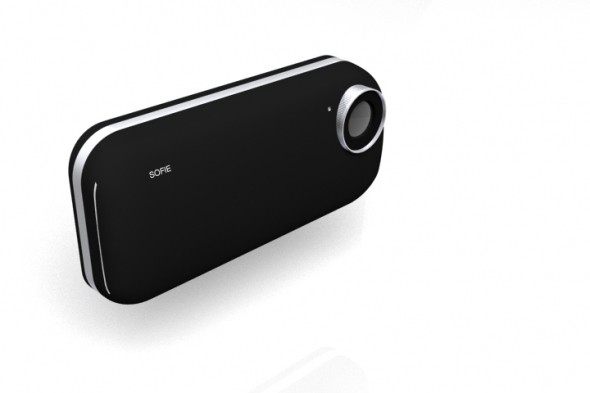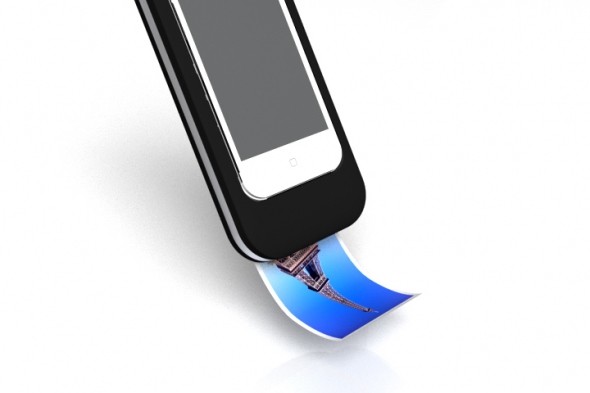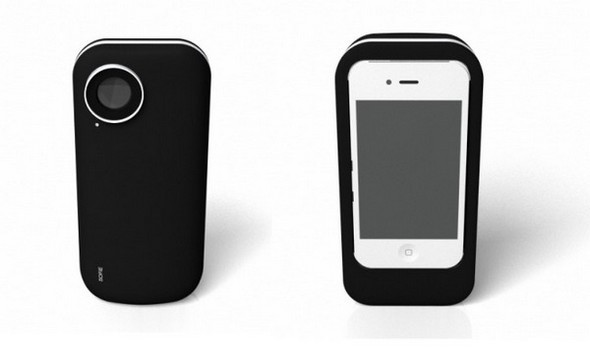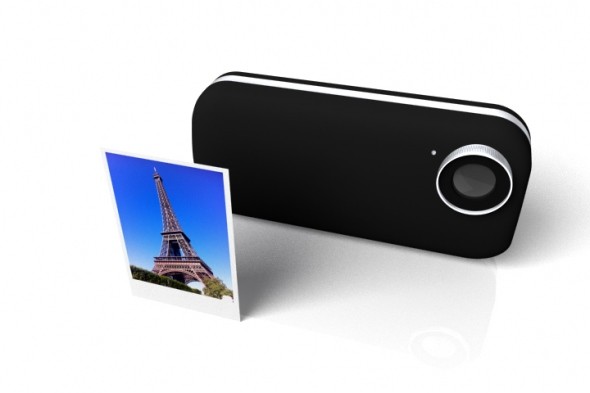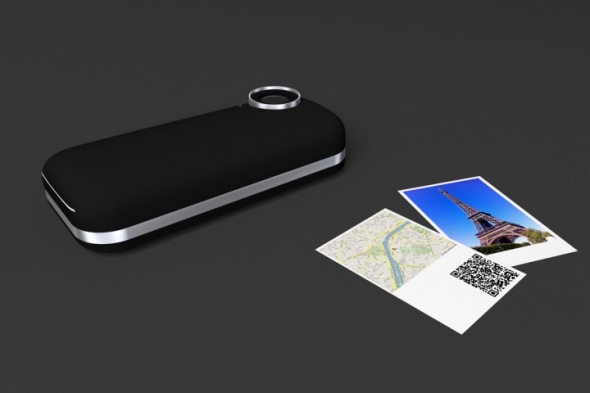Meet Sophie, the iPhone dock that prints pictures instantly, Polaroid style. As of yet it’s only an idea, fresh out of freelance designer Mac Funamizu’s head, so refrain your geeky impulses and don’t rush into the streets in search of the Apple store nearest to you. Still, it’s certainly a stroke of brilliance.
When the Polaroid SX70 model was introduced in the 1970s, it caused a veritable sales boom. Here was a camera that completely eliminated the hassle of waiting for the images to be developed in a dark room. All you had to do was feed it a special kind of paper which already contained all the necessary processing chemicals, take a picture, and witness how it self-revealed in front of your eyes after the print had been ejected by the camera.
With the advent of digital photography, whose most distinguishing and useful feature is that it enables instant review of the pics you snap, the charm of Polaroid cameras diminished greatly. There’s one thing, though, that Polaroids provide and digital cameras don’t: Immediate materialization of your photographs. Even if digicams allow you to see how your photos turned out right away, there’s still a certain amount of time that passes between the moment you take them, and the moment you hold the actual physical prints in your hands. In short, Polaroid technology has plenty of value still.
In 2009, Polaroid attempted to recapture its place in the market with the PoGo Instant Camera, a combination of a digital camera and an instant printer. However, Mac Funamizu’s concept is perhaps a much more appropriate way of making the best of Polaroid technology in a digital world. It doesn’t require for people to buy a new, updated camera altogether. It simply gives added equipment to the camera phones they likely already have and usually employ to take their pictures.
Moreover, if you’re into displaying your snapshots at popular websites such as flickr, Mac’s concept contemplates the possibility of adding a QR (Quick Response) code on the back of the prints, containing the corresponding urls they’ve been uploaded to on the web. They could also feature a map to indicate where they were taken, if they’ve been geo-tagged on the Internet.
Mac doesn’t go into the technical details of how the dock could be actually built (he focuses mostly with design), but it wouldn’t seem at all far-fetched for this idea to become a reality soon. The main problem would consist in figuring out how to make a printer as small as this hold a reasonable amount of paper, so that it wouldn’t have to be constantly reloaded. Also, there remains the issue concerning the cost of ink and paper. Nevertheless, these aren’t major drawbacks and I stand by the reaction I had when I initially saw this: Nothing short of amazing.
iPhone users might also be interested in An iPhone With A Keyboard, Instagram iPhone App and The iPhone Screen Enlarger.
Via: Petit Invention

